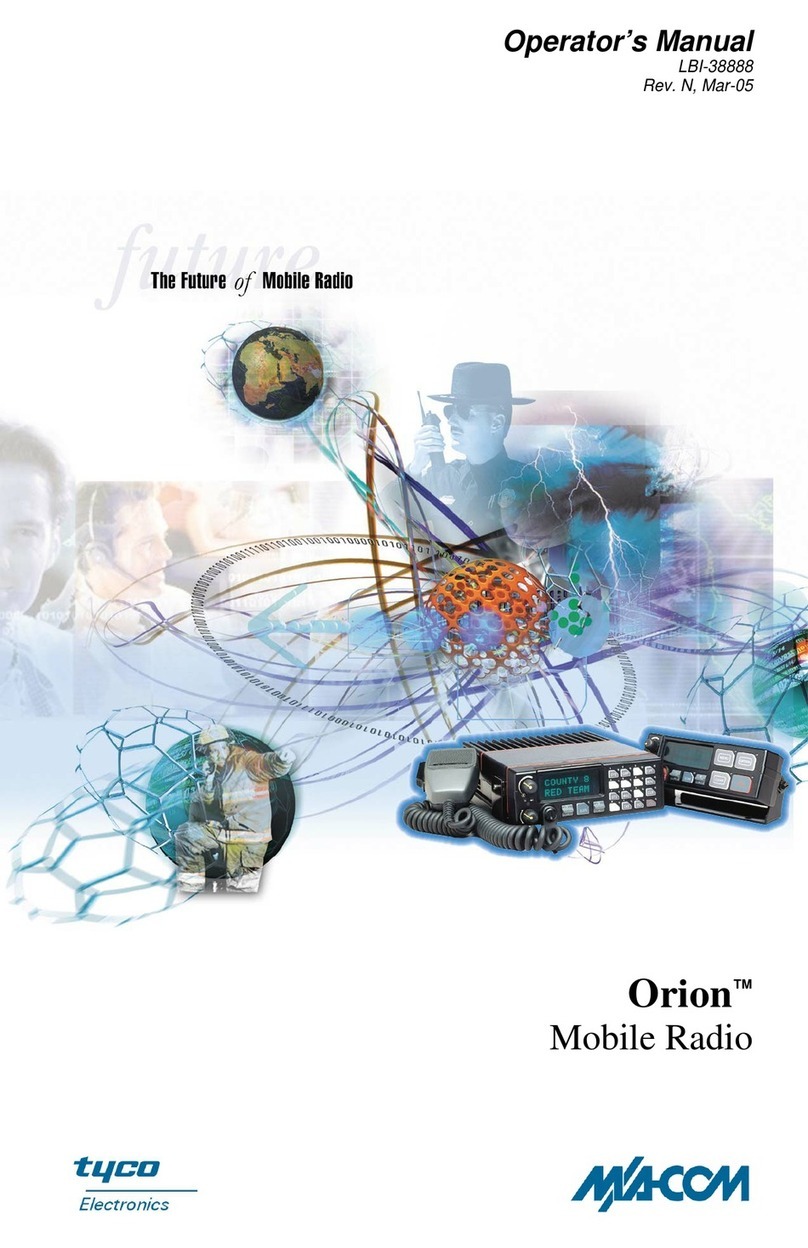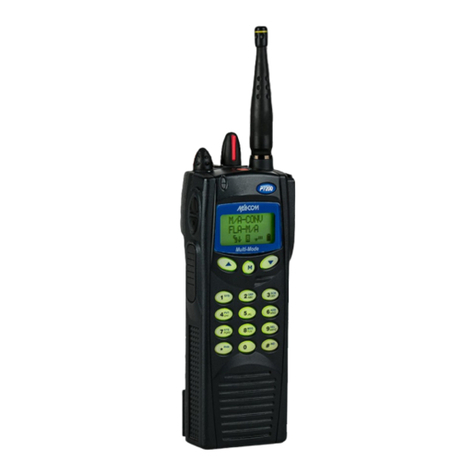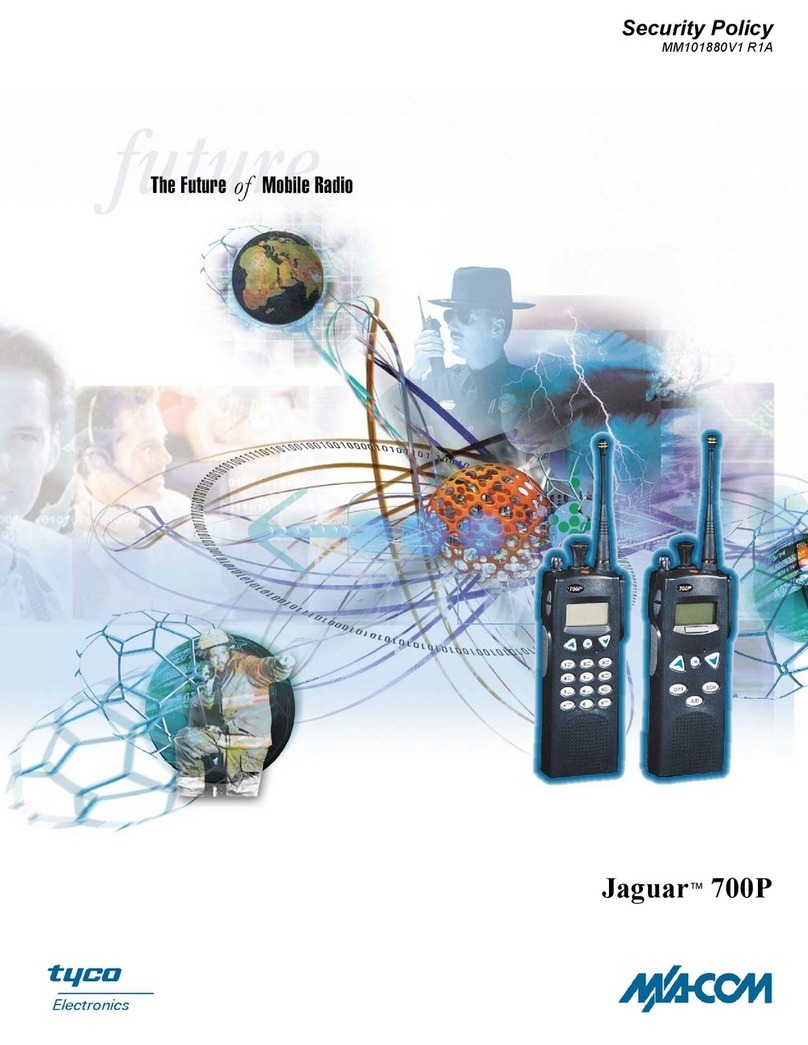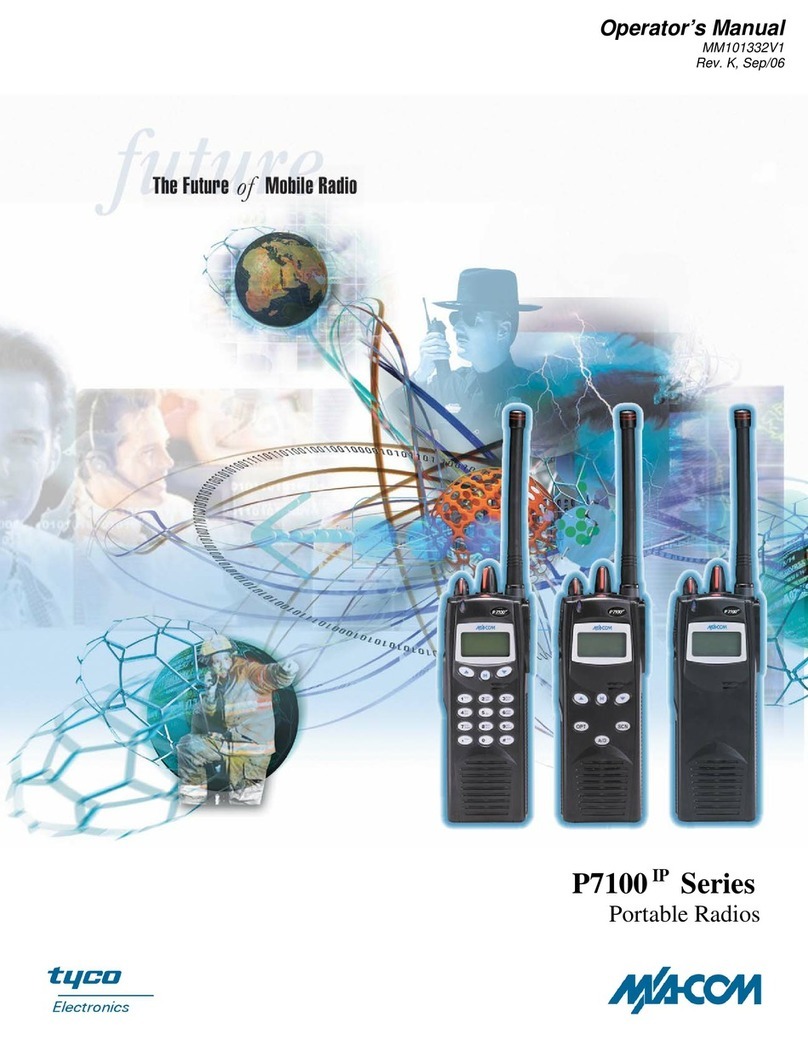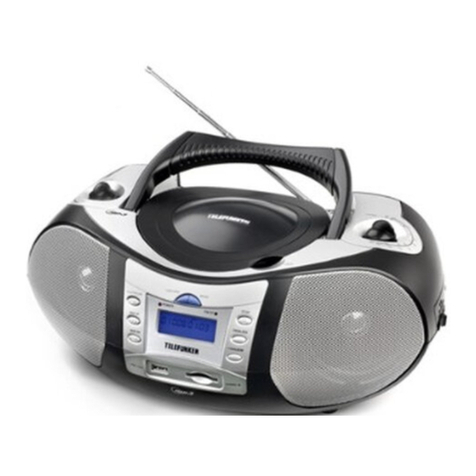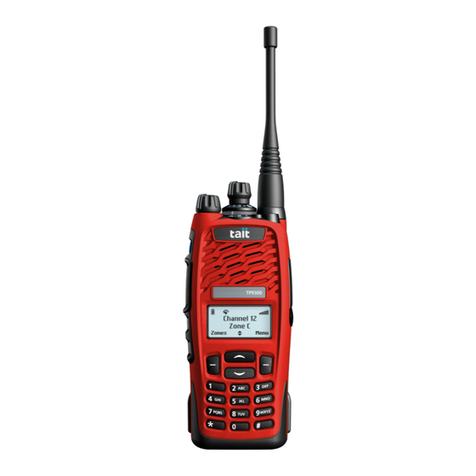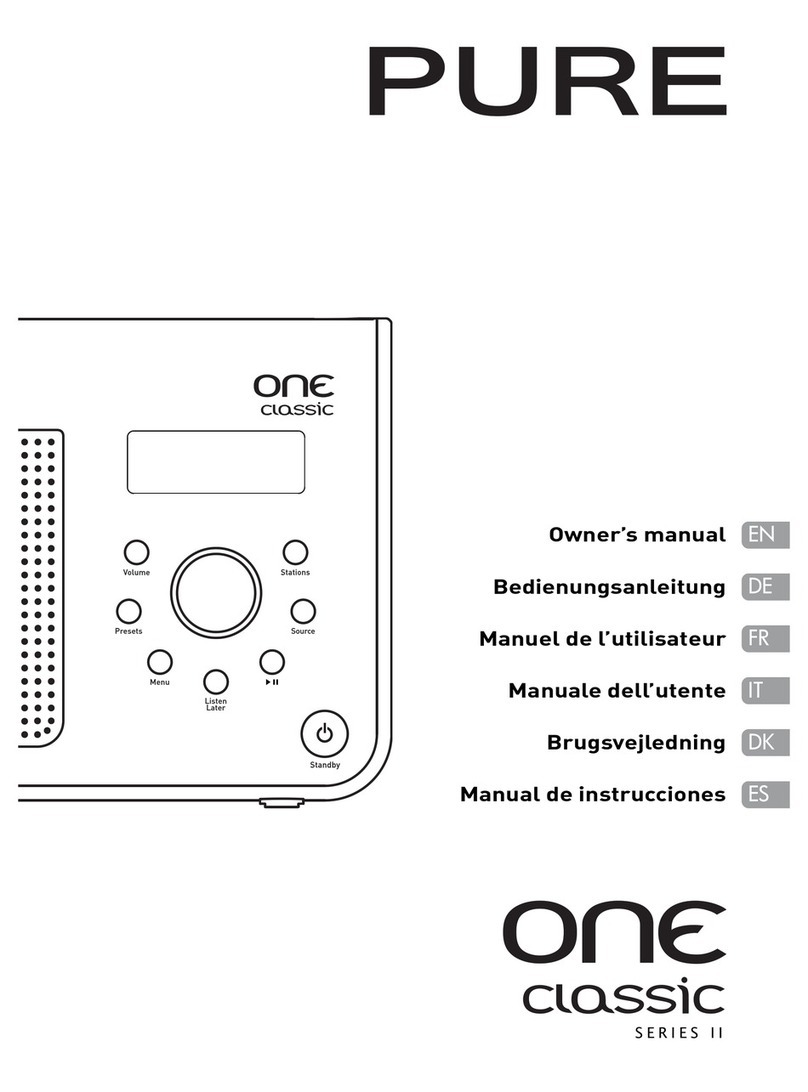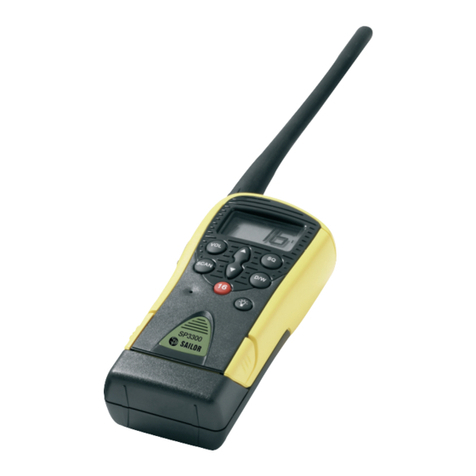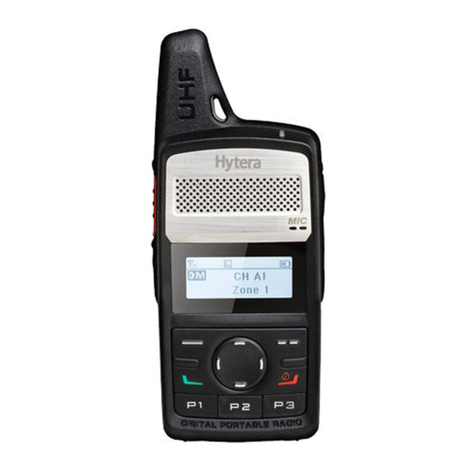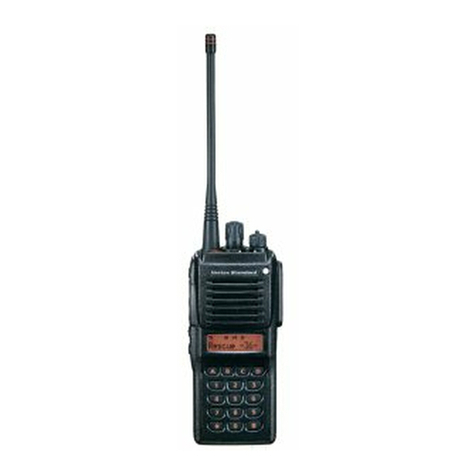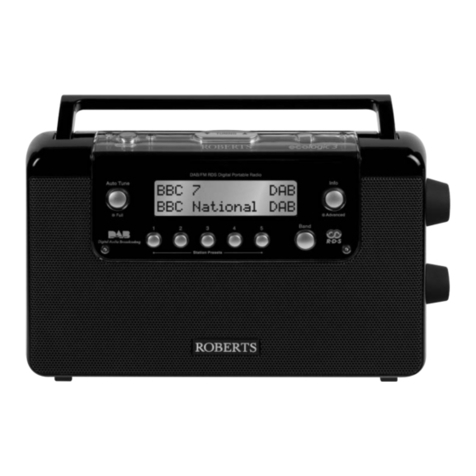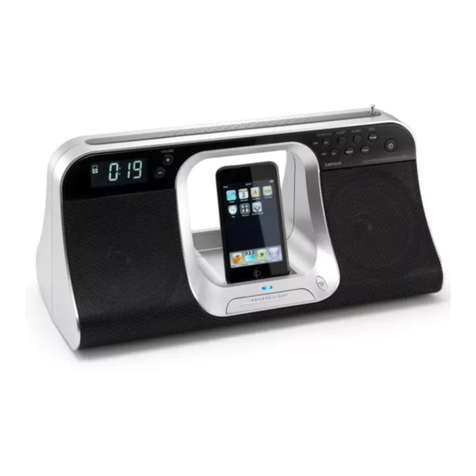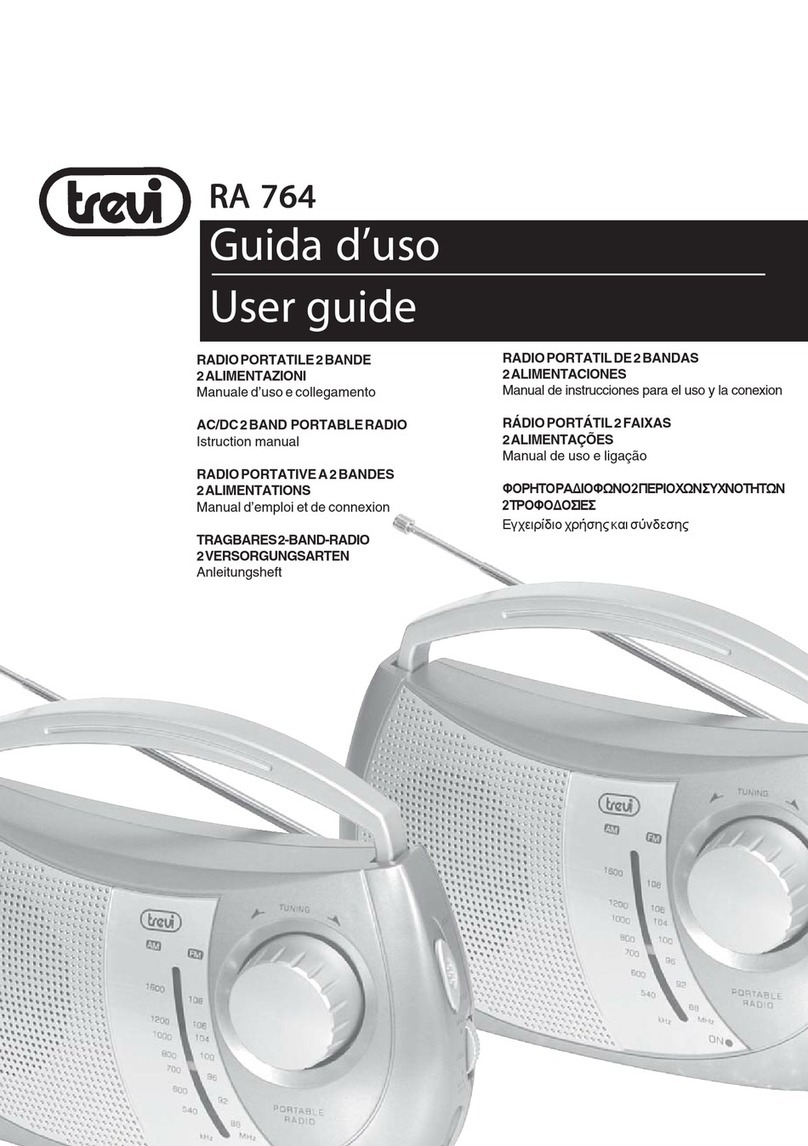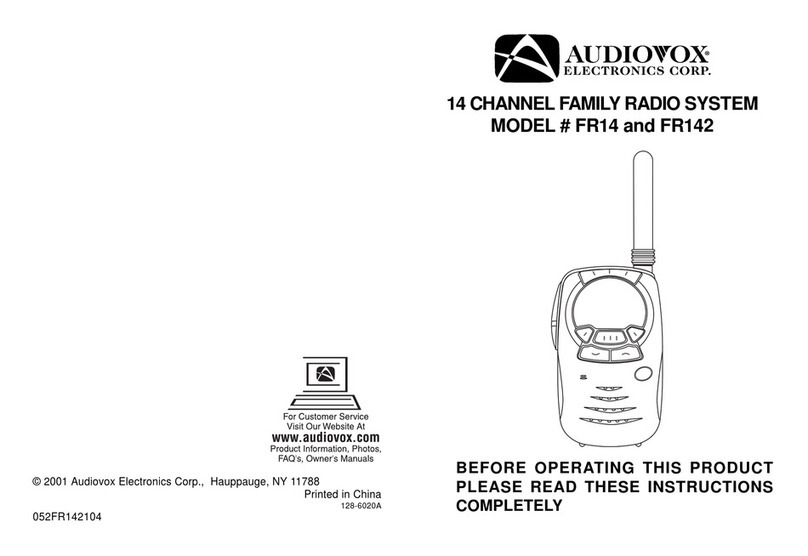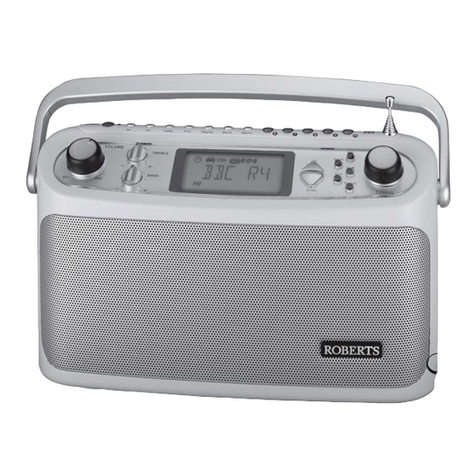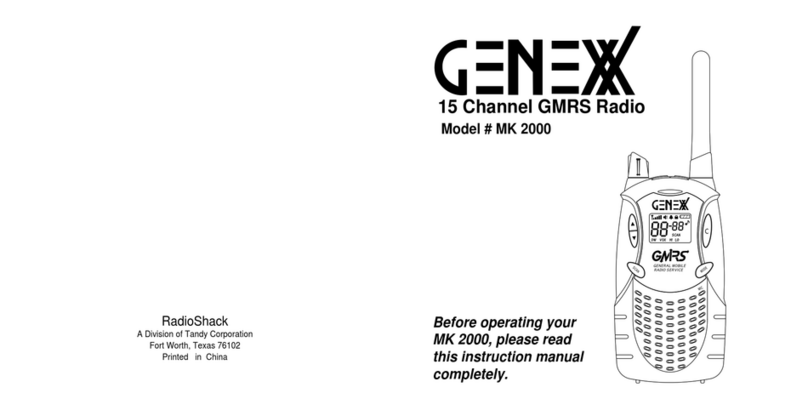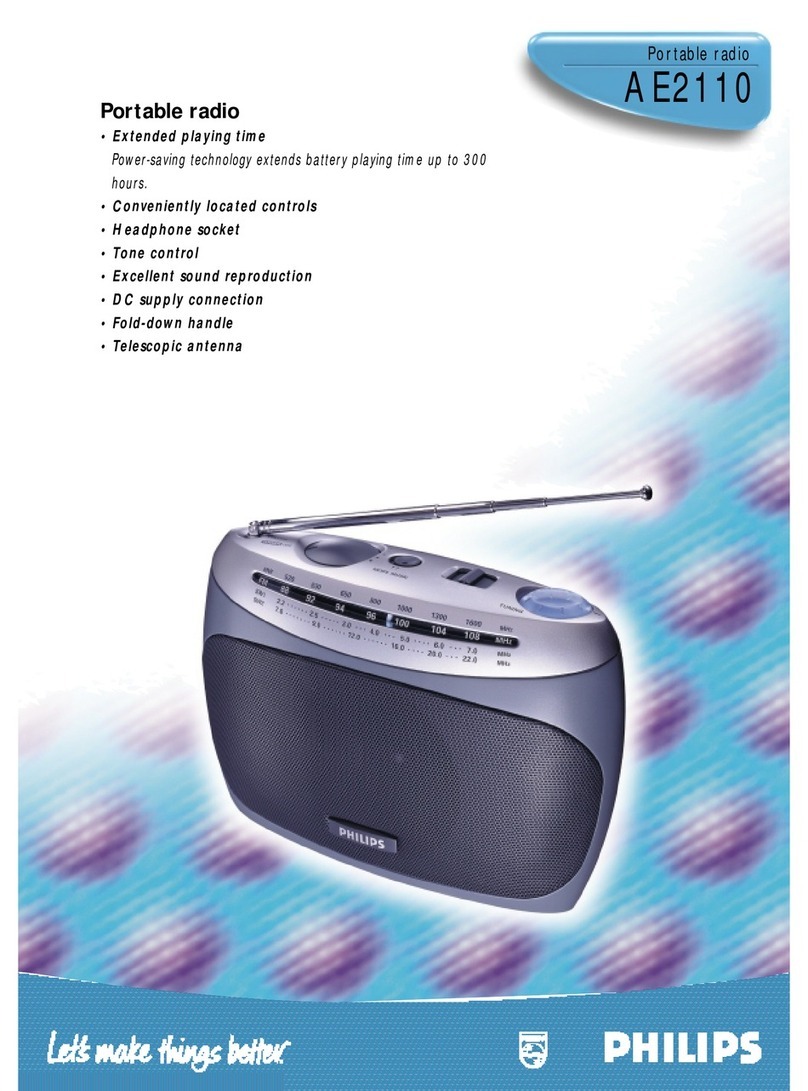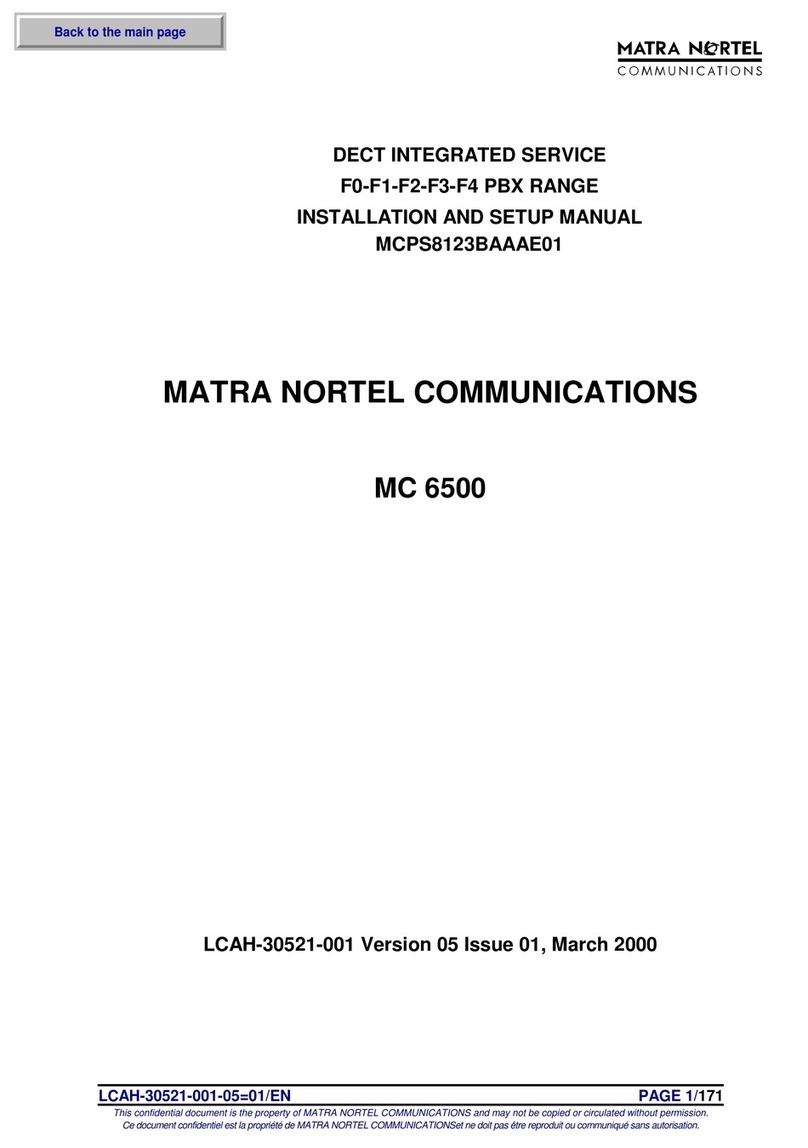
2
TABLE OF CONTENTS
Page
SAFETY TRAINING INFORMATION............................................ 3
OPERATING RULES AND REGULATIONS ................................. 6
OPERATING TIPS............................................................................ 8
BATTERY DISPOSAL ..................................................................... 9
USER INTERFACE ........................................................................ 10
BASIC OPERATION ...................................................................... 16
ALERT TONES............................................................................... 21
TRANSMITTING A CALL IN TRUNKED MODE ....................... 22
RECEIVING A CALL IN TRUNKED MODE ............................... 23
CONVENTIONAL OPERATION................................................... 24
OPERATION FOLLOWING WATER CONTACT........................ 25
CHANGING THE BATTERY PACK............................................. 27
BATTERY WARRANTY ............................................................... 29
WARRANTY .................................................................................. 30
The software contained in this device is copyrighted by M/A-
COM Private Radio Systems, Inc. Unpublished rights are
reserved under the copyright laws of the United States.
NOTICE!
This manual is published by M/A-COM Private Radio Systems, Inc., without any
warranty. Improvements and changes to this manual necessitated by typographical
errors, inaccuracies of current information, or improvements to programs and/or
equipment, may be made by M/A-COM Private Radio Systems, Inc., at any time and
without notice. Such changes will be incorporated into new editions of this manual. No
part of this manual may be reproduced or transmitted in any form or by any means,
electronic or mechanical, including photocopying and recording, for any purpose, without
the express written permission of M/A-COM Private Radio Systems, Inc.
Copyright © 1999-2001 M/A-COM Private Radio Systems, Inc. All rights reserved.
